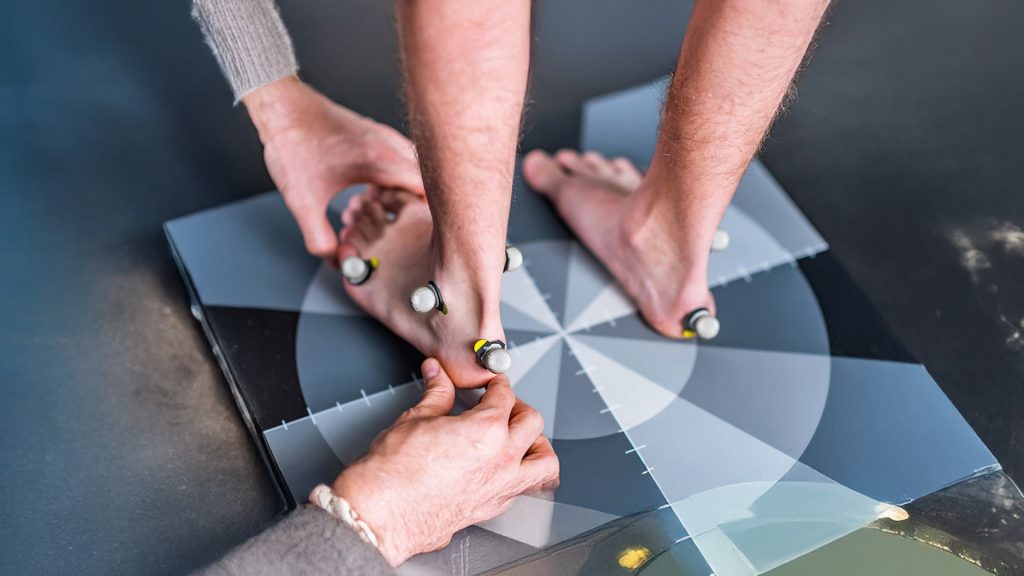What to eat before, during, and after training: A simple guide for athletes

Sports have the incredible ability to shape individuals in profound ways, extending far beyond physical fitness. They cultivate essential life skills such as discipline, teamwork, resilience, and perseverance. Through sports, individuals learn to set goals, overcome challenges, and embrace both victory and defeat. Moreover, sports can foster a sense of community, belonging, and cultural exchange. By participating in sports, individuals can develop strong character, mental fortitude, and a positive outlook on life.
How Biomechanics Can Help You Master Any Sport

In the world of sports, the difference between good and great often lies in the details. Whether you’re an aspiring athlete or a seasoned professional, understanding the mechanics of your body’s movement can provide a significant edge. Biomechanics, the scientific study of forces acting on and generated by the human body, plays a pivotal role in this process. It involves analysing movements, muscle activity, joint forces and energy efficiency to understand how the body performs specific tasks. By applying principles of physics, anatomy & physiology, biomechanics offers actionable insights that enhance performance and reduce the risk of injury.
How to identify the sport that matches your physique

Have you ever wondered how it is decided that an athlete should play a particular sport? We admire marathon runners crossing the finish line with ease, sprinters exploding off the blocks to complete 100 metres in under 10 seconds, or gymnasts flipping and twisting mid-air with astonishing agility. But what makes these athletes so uniquely suited to their sports? The answer lies in their physiques.
The #1 mistake athletes make when rehabbing an injury

Injuries are inevitable in sports, given the high physical demands of modern competition. However, the way athletes approach rehabilitation can significantly impact recovery outcomes. The most common mistake- overloading or underloading the injured area. Much like finding the “sweet spot” on a cricket bat or a racquet, optimal loading during rehabilitation is crucial. This involves applying the right amount of stress to the injured area through a tailored, progressive program. At ourcentre, we focus on creating individualised rehab plans that strike this balance, ensuring effective recovery and a stronger return to activity.
Pain vs Injury: When to see a physiotherapist?

Pain is often misunderstood as merely a symptom of injury. However, it is part of a broader cascade of events and can arise from various factors such as exercise-induced muscle soreness, fatigue, or even mental strain. Whilst many associate pain with physical damage, recovery from pain doesn’t always mean complete rehabilitation. Understanding the difference between pain and injury is essential for effective management.

